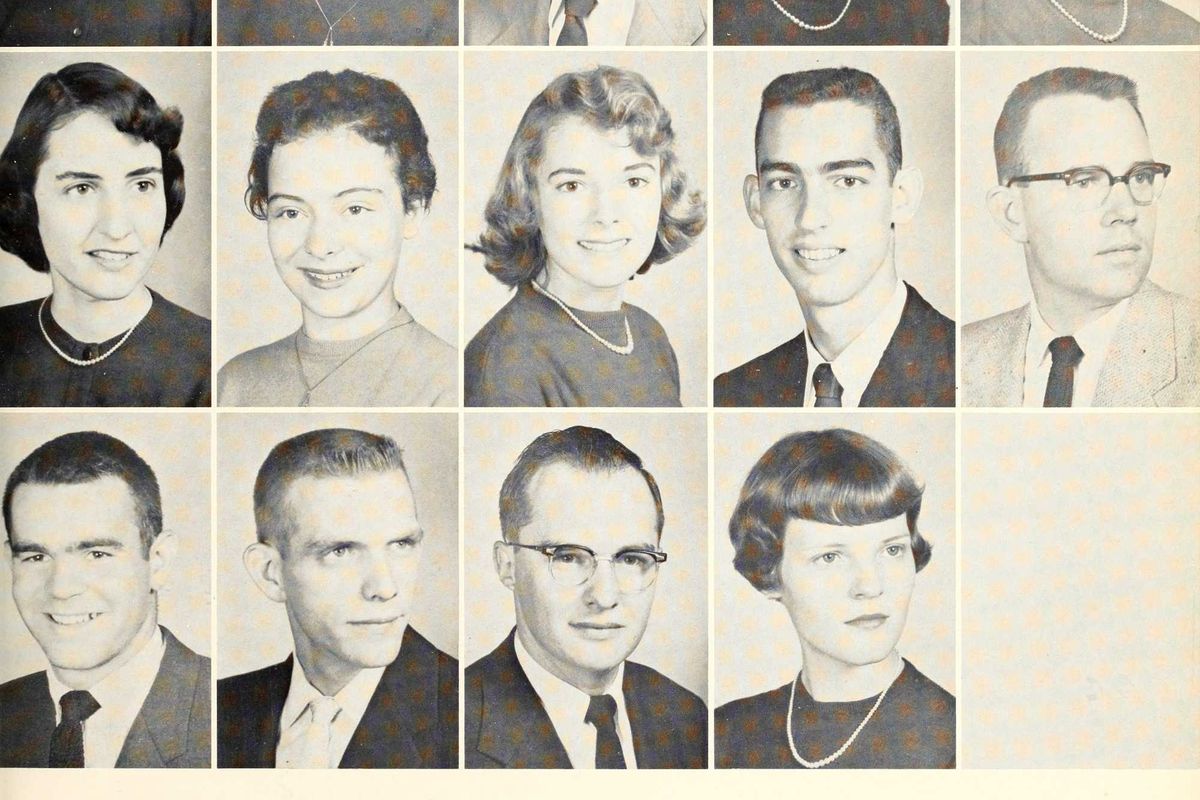Baby boy meets the woman who risked it all to give him a second chance
Their unforgettable first encounter will make your heart swell.

Sandy Flash meets Sonny for the first time.
It takes a special sort of someone to donate a portion of an organ to a person in need. The gift is even more generous if the recipient is someone the giver hasn't ever met. Sandy Flash, a resident of New York, is just such a person, having selflessly donated a portion of her liver without even knowing who the recipient would be. She would later come to learn that her courage and generosity saved the life of a one-year-old boy named Sonny, and the moment they met is melting hearts across the internet.
Facing a rare and life-threatening condition
Sonny was born a healthy baby, but within months, his family faced a devastating diagnosis: biliary atresia. This rare condition blocks bile ducts in the liver, leading to liver damage. Doctors attempted to treat Sonny with the Kasai procedure, a surgery designed to reroute bile flow. But like many children with biliary atresia, Sonny's condition worsened. By his first birthday, he was battling end-stage liver disease, and his family learned he would need a liver transplant to survive.
"When they tell you your child needs a transplant, you start thinking, ‘How are we going to get this organ?’"
— Katie White, Sonny's mom
A stranger's extraordinary decision
Meanwhile, Sandy Flash had already decided to become a living organ donor. Her husband’s own liver transplant at Cleveland Clinic had inspired her to give back in the most profound way. With a trusted team led by Dr. Choon Hyuck David Kwon, Director of Minimally Invasive Liver Surgery at Cleveland Clinic, Sandy underwent a rigorous screening process to ensure her safety and compatibility as a donor.
Sandy’s procedure was performed laparoscopically, a minimally invasive technique that reduced her recovery time and postoperative pain. In May 2023, Sandy learned she would be donating a portion of her liver to Sonny, a child she’d never met but whose life depended on her gift.
"Next to having my own children, this is the most fulfilling thing I’ve ever done."
— Sandy Flash
A life-saving transplant
According to the Cleveland Clinic, Sonny’s condition had reached a critical point by the time the transplant was scheduled. He was battling end-stage liver disease, and his other organs were beginning to show signs of strain. The transplant, led by Dr. Koji Hashimoto, Director of Liver Transplantation at Cleveland Clinic, gave Sonny a new chance at life. The small portion of Sandy’s liver transplanted into Sonny’s body will grow as he grows, allowing him to live without the devastating effects of biliary atresia.
The recovery process was not without challenges, but Sonny soon began thriving. He returned home to his family and, over the following months, caught up on milestones he’d missed, becoming a bubbly, active toddler.
"As of today, Sonny’s so happy and bubbly. You wouldn't even know he’s gone through everything he did."
— Katie White
A meeting filled with gratitude
In July 2024, after both Sandy and Sonny had recovered, the two families met for the first time at Cleveland Clinic. Sandy didn’t know much about the child whose life she had saved, and Sonny’s family was eager to thank the stranger who had changed their world. The moment Sonny toddled over to Sandy with a bright smile on his face left everyone in tears.
@clevelandclinic When Sandy Flash first saw Sonny’s bright smile, she knew her decision to become a living organ donor was worth it. Sonny’s mom, Katie White, was overwhelmed to meet the stranger who selflessly donated a portion of her liver to save her son. “Sandy gave a piece of herself to save my baby’s life. Organ donation is truly an unconditional gift,” says Katie. “Next to having my own children, this is the most fulfilling thing I’ve ever done,” says Sandy. After Sonny was born, doctors diagnosed him with biliary atresia, which affects liver function. He would ultimately need a transplant. “When they tell you your child needs a transplant, you start thinking, ‘How are we going to get this organ?’ Sonny’s Cleveland Clinic Children’s team mentioned all the potential options, including an anonymous living donor,” says Katie. When becoming a living organ donor, Sandy didn’t know who she’d end up helping but felt called to do it after her husband, Jim, needed a liver transplant. In 2022, Sandy and Jim traveled from where they live in Western New York to our main campus in Cleveland, Ohio, for his transplant. Later, when Sandy ultimately decided to become a living donor, she knew she wanted to come back. She decided to donate a portion of her liver’s left lobe. Up to two-thirds of the liver can be safely removed as long as the tissue is healthy and able to regenerate. The portion of the liver transplanted will grow with the child’s body. In May 2023, Sandy and Sonny were matched and their surgeries were scheduled. Sandy is thankful she underwent her procedure laparoscopically, or minimally invasive, as it cut down on her recovery time. Once 1-year-old Sonny reached a good place in his recovery, they met for the first time. “It was amazing to see this beautiful, energetic boy with a huge smile. When it comes to organ donation, I think many people, like me, don't think about it until it touches you personally. I’m sharing my story to hopefully inspire others to consider becoming a living organ donor,” says Sandy. Katie adds, “This weight lifted off our shoulders when we met. I felt a sense of relief being able to see the person who saved my baby’s life.”
"It was amazing to see this beautiful, energetic boy with a huge smile on his face," Sandy recalled. "I asked what his name was and when Katie said Sonny, I thought, ‘Perfect.’"
The case for living organ donation
Living organ donation provides a unique opportunity to save a life, often with better outcomes than transplants from deceased donors. Organizations like the American Transplant Foundation and Mayo Clinic emphasize the importance of this option, highlighting the shorter wait times and higher success rates it offers.
For Sandy, the experience was life-changing: "The rewards of the experience, knowing that you helped someone in dire need, are incredibly fulfilling." Sonny’s story serves as a testament to the life-changing power of organ donation, and his family hopes their journey inspires others to consider becoming donors.






 In a 4-day model, kids often (but not always) receive less instructional time. Photo by
In a 4-day model, kids often (but not always) receive less instructional time. Photo by 
 Smiling at work, checking messages during a break.
Smiling at work, checking messages during a break. Man focused on his phone screen, deep in thought.
Man focused on his phone screen, deep in thought. Focused multitasking at the office.
Focused multitasking at the office.